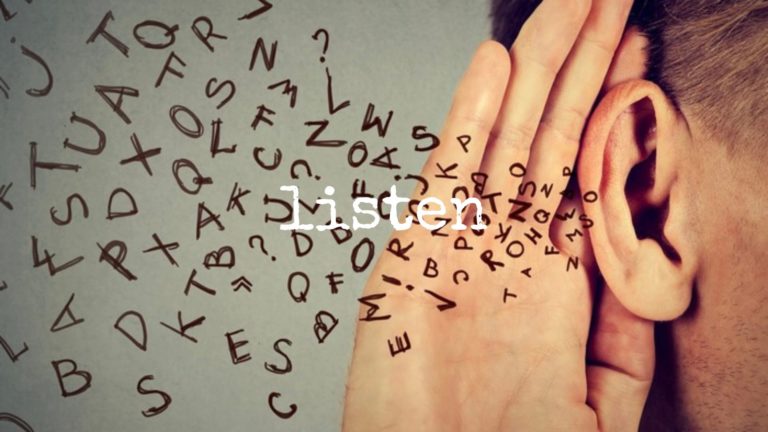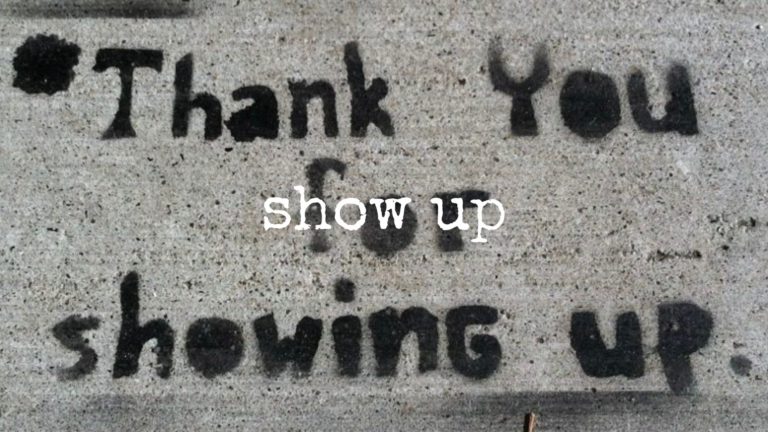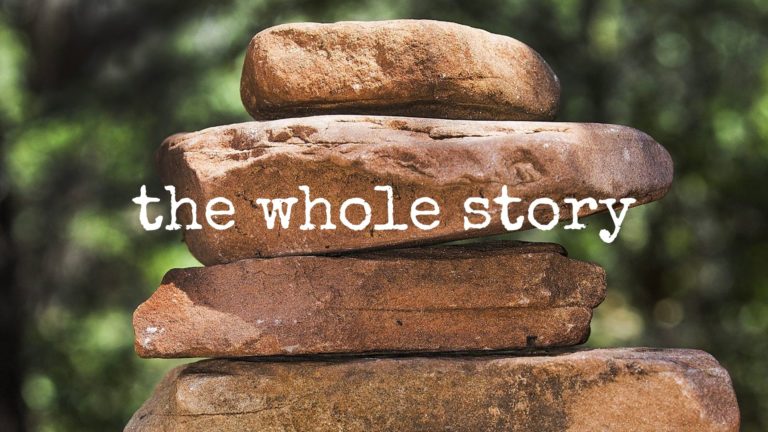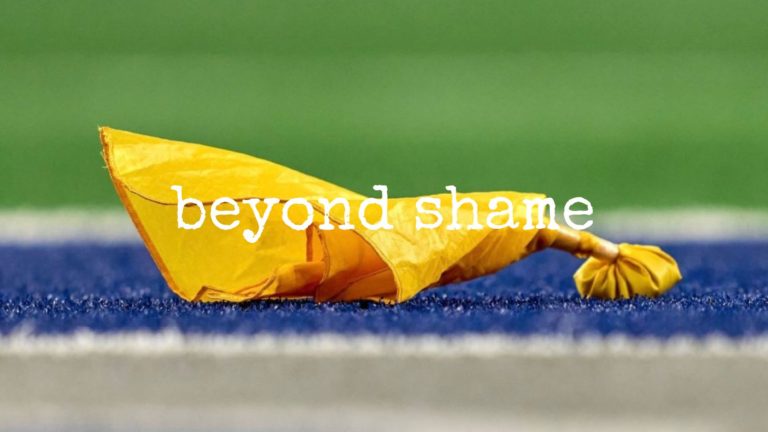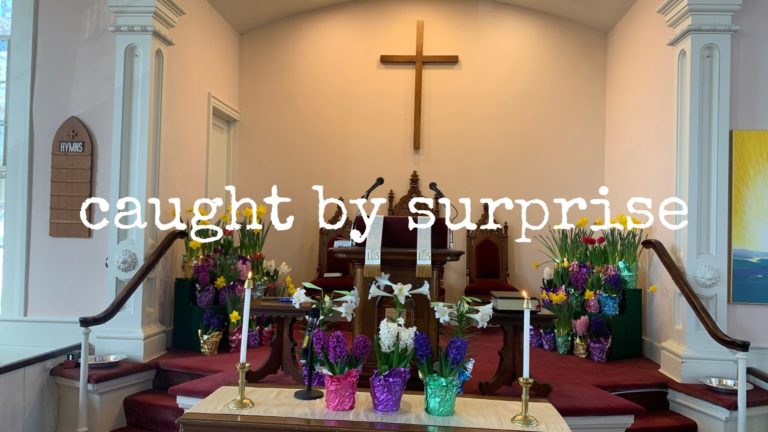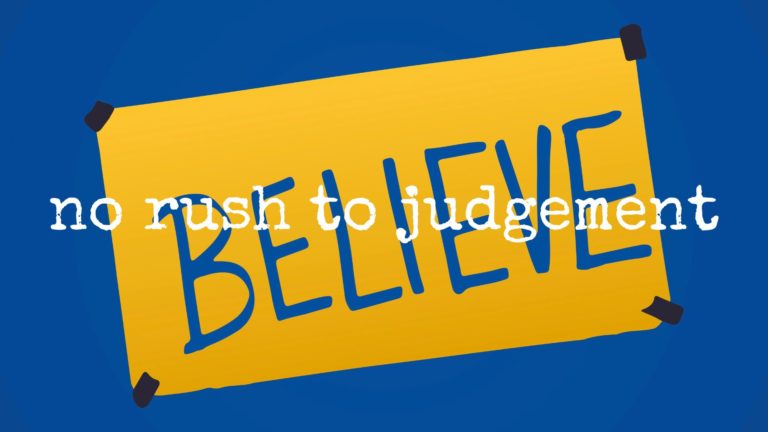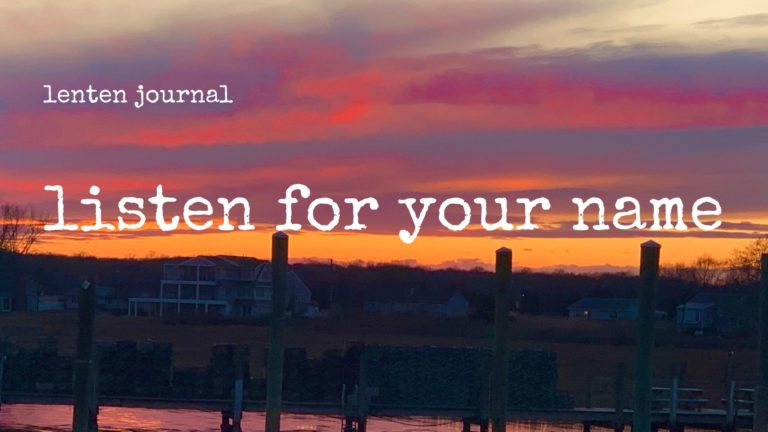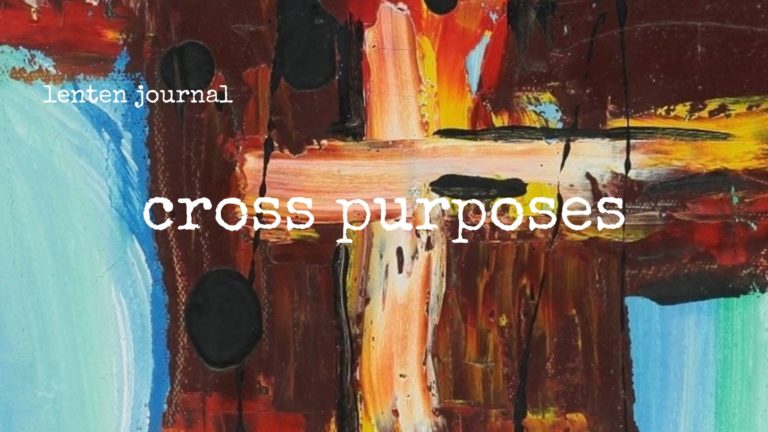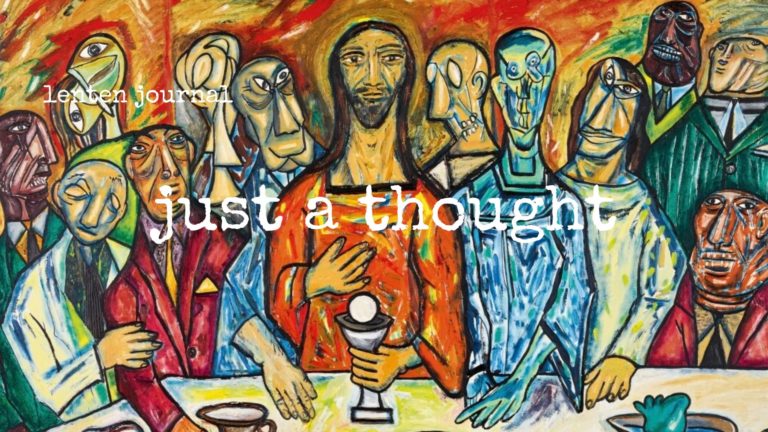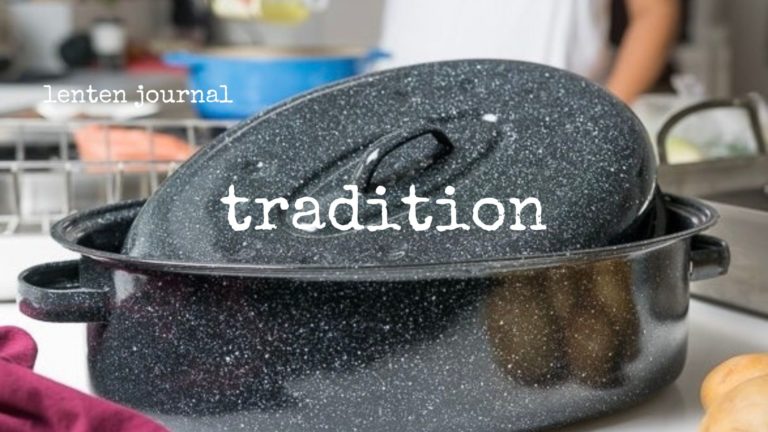Yesterday was Pentecost Sunday, which pretty much determines the passage for the day: Acts 2:1-21. What most people remember about the story is the gale-force winds and tongues of fire that defined the presence of the Holy Spirit, but the thing that always grabs me is that people understood each other across language barriers. Here’s my sermon.
____________________________
It had been fifty days since Passover, which meant it had been fifty days since Jesus had been executed, and forty-seven days since his resurrection; even less since he had left them. Fifty days after Passover was another feast day on the Jewish calendar—Shavout, the “Festival of Weeks,” which was a pilgrimage festival (that’s why everyone was in Jerusalem) to celebrate God’s generosity by bringing the first fruits of the harvest to the Temple. The name of the feast was translated into Greek as Pentecost, which means fifty, because it happened fifty days after Passover.
A hundred years or so before Jesus, the festival also became tied to God’s giving of the Torah to Moses. One of the scriptures read during the festival is the Book of Ruth, which is an immigrant story—a story about welcoming the stranger. Ruth comes to Israel in need of food and shelter, but she was not of Hebrew descent. To make a long story way too short, she was given space to be by Boaz and his mother Naomi, and she ended up marrying Boaz and making her home in Israel and was an ancestor of King David. At the heart of the festival were these two things: the giving of the Torah, a defining moment for the Hebrew people, and the story of Ruth, which was about including those who are not like us.
Many of the followers of Jesus had gathered in Jerusalem for the festival because they practiced Judaism. They had not gathered to wait for the Holy Spirit; they were not there in protest, or trying to set up something new; they were there to celebrate God’s generosity and inclusiveness with Jewish people from all over the known world. They were not a church. Remember, it had only been a month and a half since the crucifixion and resurrection. They were gathering and working at being together, but no one had it figured out.
When the whole thing with the wind and fire started happening, Luke says they were all together in someone’s house. We don’t know how many people were there, or exactly how things went down except that the noise from the wind and fire was so loud that it drew a crowd, and a multi-cultural one at that, and they all marveled because they knew the people talking were Galileans using the language Galileans used, yet everyone heard their words in their own language.
And there were lots of languages. Since I managed to get through the list of all the nationalities gathered in Jerusalem relatively unscathed when I read the passage, I won’t try to repeat all the names, and I know the wind and fire drew the crowd, but I think the real miracle is right here: that everyone who was listening was able to hear what they were saying in a language they could comprehend. That’s hard enough to do when we are speaking the same language. And each year as I ponder this story, I am reminded of a story my father used to tell.
As I have told you, I grew up in Africa. My parents and I moved there in 1957—I was one—and we moved to Bulawayo, Southern Rhodesia (which is now Zimbabwe). Neither of my parents had ever lived outside of Texas.
My father said soon after we moved into our house the toilet clogged up and he couldn’t get it unstopped, so he called a plumber. The man asked what the problem was and my father said, “My commode is broken.”
The plumber said, “We don’t work on commodes,” and hung up.
Dad called back and the same thing happened again. So he called a third time and this time he said, “Don’t hang up. I know what is broken at my house is something you fix. I’m just not using the right word. What do you think a commode is?”
“No,” said the plumber, “you first.”
Dad said, “It’s the thing in the bathroom that you sit on. Now it’s your turn.”
The plumber laughed and said, “It’s a bedside table. And you’re right, I do fix what is broken at your house. What’s wrong?”
My dad said, in his best Texas accent, “It won’t swallah.”
“I’ll be right there,” the man said. When he got to the house, he told my dad he usually sent one of his workers on jobs like that, but he wanted to be able to go home and tell his wife he fixed a commode that wouldn’t swallow.
Both men knew what they were talking about, and they assumed whomever they were talking to understood it the same way. But we all have to continue to remind ourselves that we way we look at and explain the world is not the way everyone else sees and understands it—and that is true even with people who grew up like we did and speak the same language.
Therapists often talk about the difference between intent and impact, which is to say just because I mean well in what I say or do doesn’t mean that is how my words or actions will be received. Because of my hearing loss, I regularly answer questions that I heard, but that weren’t the questions being asked. Most of the time, that makes for a humorous moment, but not all my miscommunications have led to funny anecdotes. That’s why I think that the real miracle of Pentecost was that everyone heard in their own language—in a way they could understand, in a way that made them feel included. And even then, not everyone got it. Some folks thought the disciples had been up early drinking—enough of them that Peter had to start his speech by saying, “We’re not drunk—it’s nine in the morning!” Then he went on to say they were experiencing the outpouring of God’s Spirit, God’s presence. They were sharing a holy moment that was available to anyone who would stop and listen. Still, some of the crowd heard him and others walked away puzzled.
Learning how to speak in a way that others can hear is hard work. So is listening in a way that opens our minds and hearts to things we might not have been expecting. Both are acts of trust and generosity, even hospitality.
Pentecost was an amazing day with the wind and fire, but it didn’t solve all the problems of the church. You don’t have to read much farther into the Book of Acts to find conflict and struggle among the young community of faith. Many of Paul’s letters were written to respond to specific issues in different congregations as they tried to figure out how to live together in Christ. Over and over, they had to keep coming back to how they listened and spoke to one another. And here we are two thousand years later still working on it—and still together, even as the world so often feels on fire around us.
Last week as I spoke to folks after the service, three of you quoted a sentence from my sermon back to me: being unified does not mean being uniform. I’m glad that stuck with you. That reality means that unified and diverse are not opposites. We are not united because we all say the same thing; we are united because we are committed to each other, and part of that commitment is listening: asking good questions, making space to think before we respond, and moving to understand rather than to judge.
Just a bit later in the Book of Acts, Luke says that when people looked at the way the followers of Christ treated each other, they said, “Look how they love one another.”
I wonder what people say when they look at us. I hope it’s the same thing.
Though the story of Pentecost, with the wind and fire, is a good one to tell, what created communities of belonging and kept the message of Christ alive in the world was the way they loved each other—the way they listened and spoke and paid attention to one another.
May we be filled with that Spirit. Amen.
Peace,
Milton
